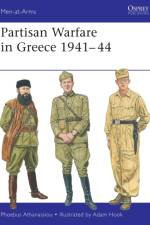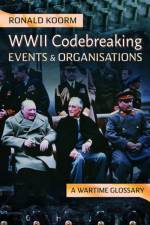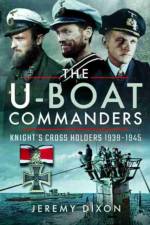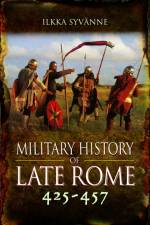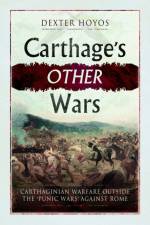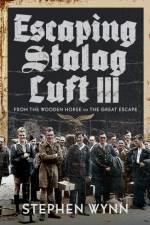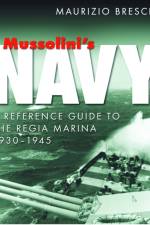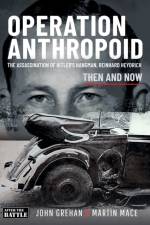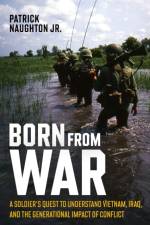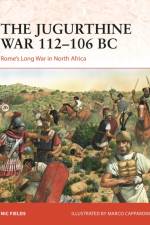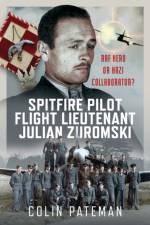av Colin Maclachlan
321
The best things are worth waiting for. SAS veteran Colin Maclachlan's much anticipated book is arresting, revelatory, inspirational and explosive. An elite operator's gripping true story. It blows the door off!' - **Damien Lewis**'Colin has made a fascinating start to his life already, but the adventure is just beginning!' - **Andy McNab**"An incredible story of courage and commitment under fire" **- Bear Grylls**"A rollercoaster of an account of a young boy through to SAS Commander on some of the biggest missions in modern times" **- Chris Ryan**The Pilgrim is the book the MOD tried to ban. It is a rollercoaster of an autobiography of Colin Maclachlan, known for his appearances on shows like Channel 4's SAS: Who Dares Wins and Channel 5's Secrets of the SAS. His autobiography starts with his troubled childhood and escape to the military where, as a fifteen-year-old boy, he grows up and matures into the SAS soldier we now recognise. Early chapters describe physical, mental and sexual abuse and Colin could easily have ended up in a home but despite the odds and with the help of both the Children's Panels, NSPCC and some diligent schoolteachers, Colin escaped to the army. Colin had to get special permission to join the army at only fifteen years of age and goes from being a young vulnerable and damaged boy to a capable soldier through preparation for the first Gulf War and joining the oldest and most senior infantry regiment in the British Army, The Royal Scots. From operations in Northern Ireland to being the Queen's Butcher to Colin's first TV cameos on Soldier Soldier and Gladiators, Colin's stories and anecdotes are both exhilarating and hilarious. Colin then describes the arduous SAS selection process, the hardest and most gruelling military selection process in the world. Colin describes in some detail what most have never even heard in this secretive world where Colin goes from a course of 196 down to just 12 in six months! The reader is then taken on a never seen before description of life as an SAS operator. Daily life in an operational squadron and the operations, missions and training involved all described in detail. Colin was part of Mountain Troop, D Squadron who were to be involved in some of the most high-profile and dangerous missions in SAS history. Missions like Operation Barras, described as Operation Certain Death in the best seller of the same name by Damien Lewis, rescuing hostages at Stansted Airport in the longest running hijacking in UK history make for incredible reading. Task Force Black/Knight was the name given to UK/US special forces operations in Iraq and Colin was part of the teams hunting down the famous 'playing cards', a set of cards with the top 52 high ranking Iraqi officials including Saddam Hussein. Colin then joins Delta Force and later Seal Team 6 and is one of probably only a handful of people on the planet whom have worked with the SAS, SBS, Seal Team 6, Delta Force and the CIA. Colin is head of a station protecting MI6 and breaking down terrorist cells in Iraq when he is captured and just before he is beheaded is rescued by his own guys. Colin becomes probably the only person in the world to have been a hostage negotiator, hostage rescuer and been a hostage himself. Colin leaves the military shortly afterwards and that isn't the end of his story. Colin first heads up a bodyguard team looking after CNN and NBC news and is in the centre of the biggest triple car bombing in the Middle East. He meets his first wife who it is his job to protect and does several other high profile security jobs ranging from A list celebrities to the Saudi Royal Family. Colin is part of a security team for the Big Brother TV series when Fathers for Justice assault the house and it's left to Colin and his friend from the SAS to defend the house during live television! Surveillance jobs follow on and Colin does anti-surveillance and counter surveillance in some quite high-profile court cases. This leads on to training jobs where Colin is in charge of security, bodyguard and surveillance courses throughout the UK. Penetration testing is another field which Colin gets involved in and this involves trying to overtly break into businesses, airports, headquarters and government buildings which test all of Colin's training. Colin has been involved in Motion Capture for the Video games industry since 2008 and has played characters from Rockstar's Grand Theft Auto series as well as games like Red Dead Redemption and LA Noire. Colin also plays characters in Sumo's Hood: Outlaw and Thieves. An insight into how the video game industry has evolved since 2008 is both fascinating and mind-blowing and Colin has been involved in stunts as a stunt performer for both video games, television and film. The next few chapters describe a world in television and film where Colin has been involved. Before being involved in Channel 4's SAS: Who Dares Wins as the only SAS presenter, Colin was already involved in television as a military advisor and had filmed scenes on Taggart and River City as well some short films. He had already been involved in commercials and as an extra when Channel 4 came calling. Colin was then involved in Channel 5's Secrets of the SAS which highlighted his capture and escape and took part in documentaries for the BBC's Panorama series and ITV's This Morning programme. Colin was the main author for the highly successful SAS: Leadership Secrets book which came out shortly afterwards. The MOD tried to ban The Pilgrim in 2017 but Colin fought the system, the MOD and huge legal army that they possess. In 2024, Colin won and this is his story.





